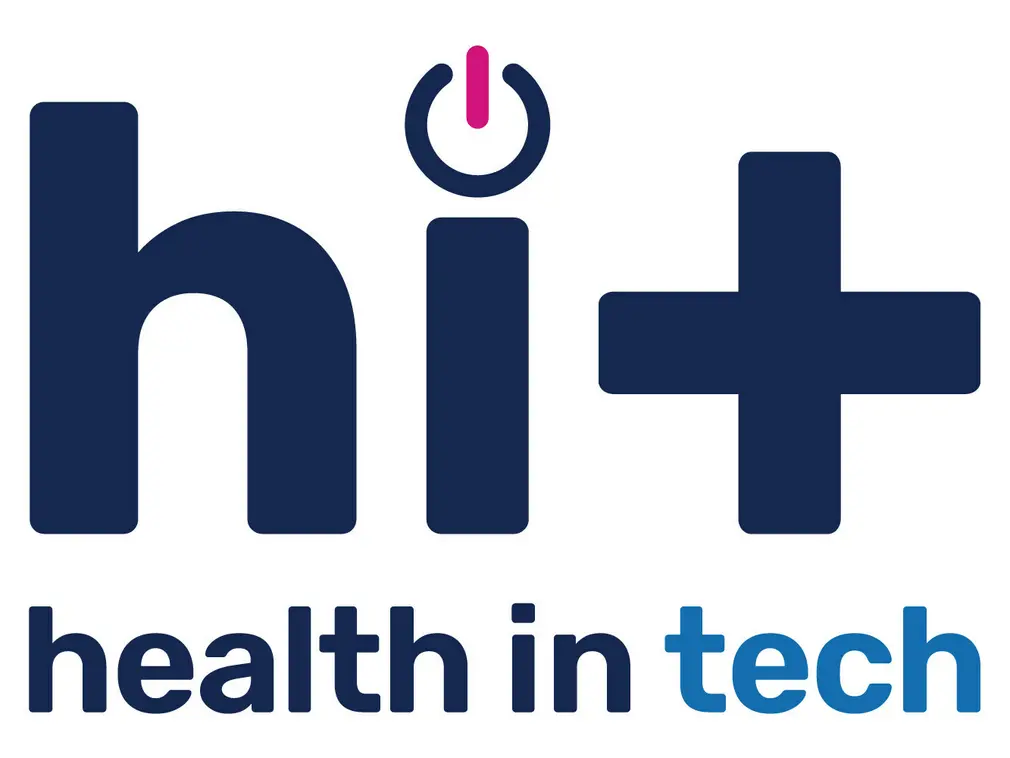AI Hallucinations in News Reporting: A Growing Concern

Introduction to AI in Journalism
The world of journalism is evolving rapidly, and artificial intelligence (AI) has become an integral part of news reporting. AI-powered tools are now being used for everything from fact-checking to automatic article generation, but with this technological advancement, concerns about AI hallucinations have emerged.
AI Hallucinations: What Are They?
Hallucinations refer to misleading or fabricated information that an AI generates without any basis in reality. In the context of news reporting, these hallucinations can take many forms, from visual aids like images generated by GANs (Generative Adversarial Networks) to textual content created by AI algorithms.
Case Studies: Real-World Examples
One example is the use of generative AI in journalism for creating illustrative graphics. While these images are often artistic, they can sometimes be misleading, especially if not properly vetted or contextualized within a report.
Ethical Considerations in AI-Driven Journalism
The integration of AI into journalism raises several ethical issues. For instance, the use of deepfakes to fabricate or alter news content can perpetuate harmful misinformation, undermining trust in media institutions.
Deepfake Journalism: A Growing Problem
AI’s role in generating deepfakes is increasingly significant. These are highly realistic images and videos designed to mislead audiences about the authenticity of news events.
The Future of AI in News Reporting
As AI continues to evolve, so does its potential impact on journalism. However, the ethical challenges it presents remain a critical concern. Ensuring transparency and accuracy while embracing AI’s capabilities will be essential for maintaining public trust.
Solutions: Balancing Innovation and Ethics
Journalism organizations must adopt strict verification processes to ensure that AI-generated content is fact-checked and contextually accurate. This includes using advanced detection technologies designed to identify fake news, such as algorithms trained on patterns of misinformation.
Conclusion
The growing reliance on AI in journalism has opened up new possibilities but also introduced significant ethical dilemmas. As we navigate the future of AI-driven news reporting, it is crucial to address concerns about hallucinations, deepfakes, and misinformation while ensuring that media remains a reliable source of information.







